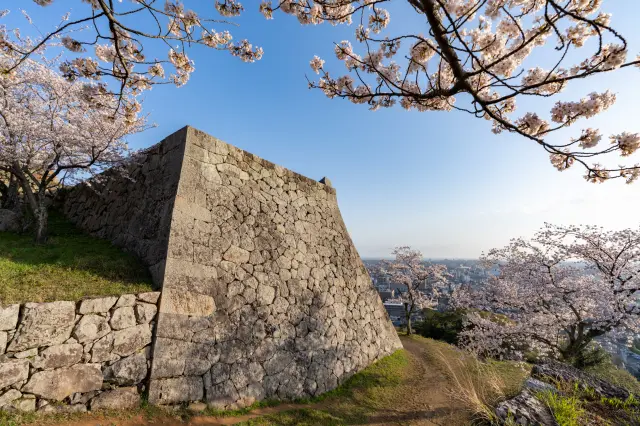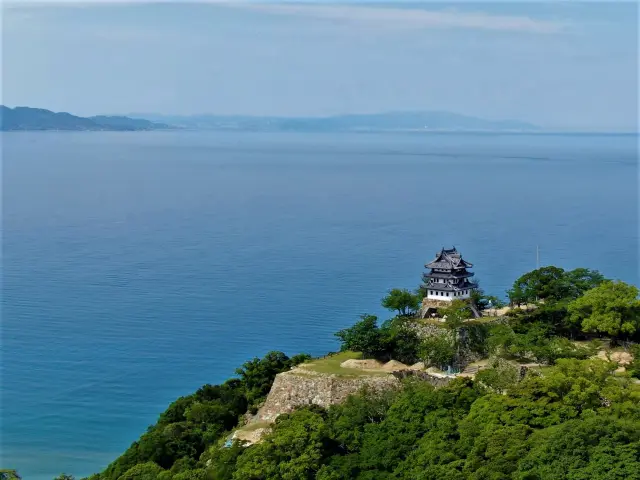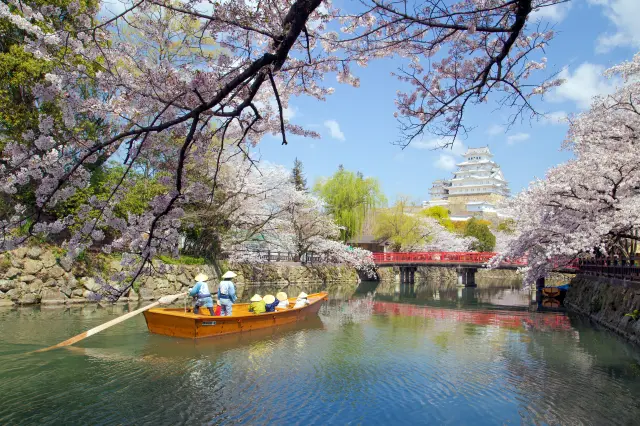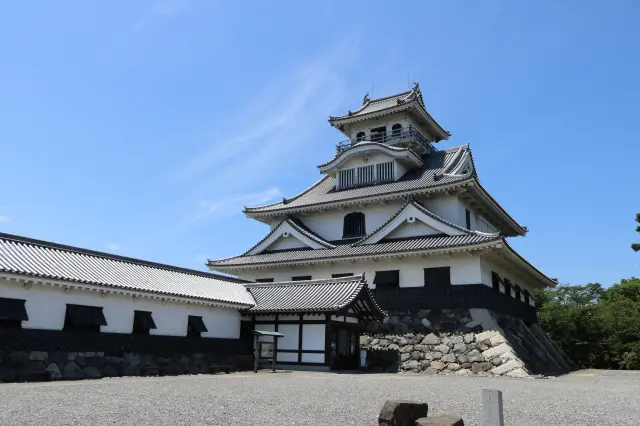
Let's visit the World Heritage Site Mozu-Furuichi Kofun* Group!
Last update
*A Kofun is a tumulus, that is to say an ancient Japanese funerary tomb built in the form of a mound.
①Nintoku-tenno-ryo Kofun
Nintoku-tenno-ryo Kofun is said to be one of the world‘s three great tombs, along with the Pyramid of King Khufu in Egypt and the Mausoleum of Qin Shi Huangdi in China.
A Kofun is a mounded tomb, and this particular one is approximately 486 meters long. The round rear section has a diameter of 249 meters and a height of 35.8 meters.
It is so large that it takes an hour to walk around the entire burial mound on the sightseeing walkway surrounding it. Nintoku-tenno-ryo Kofun has been designated as one of the components of the World Heritage Site.

Nintoku-tenno-ryo Kofun
②Ōkuraya
At Ōkuraya, you can immerse yourself in a rich cultural experience.
Discover traditional and contemporary Japanese artifacts, and buy authentic souvenirs that encapsulate the spirit of Japan.
Engage in workshops to create your own pieces, connecting firsthand with Japanese traditions.
Whether you're a history enthusiast or simply looking to experience the essence of Japanese culture, Ōkuraya invites you to uncover the hidden gems that bridge the past and the present.
Your adventure into Japan's soul starts here.

Ōkuraya
③Sawada Hachiman Shrine
The Furuichi area, is rich with Kofun – ancient Japanese burial mounds created for king’s clan and the clan’s affiliates individuals over 1600 years ago.
It is said that, in 1922, when the decision to construct the Kintetsu Minami Osaka Line's railway was made, a significant challenge arose: how to proceed with this project without disturbing any of these Kofun's sacred sites.
Ultimately, the Sawada Hachiman Shrine was chosen to be crossed by the Kintetsu Minami Osaka Line’s railway, with the backing of the local residents supporting the construction effort.
Following this, Goryo-mae and Hajinosato Stations were inaugurated in the Sawada area in 1924.

Sawada Hachiman Shrine
④Scattered Kofun Group
Kofun, ancient Japanese burial mounds, exhibit diverse shapes, varying from keyhole to round forms. Over time, the original soil construction became covered with greenery.
These mounds were objects of reverence and transformed into sacred sites due to their role in interring important figures, such as king’s clan and the clan’s affiliates. Over time, rituals and reverence shaped their status as revered places, connecting history, ancestor worship, and societal values.
These Kofun became intricate symbols of cultural heritage, preserving the past and reflecting Japan‘s evolving spiritual and social tapestry.

Scattered Kofun Group
⑤Cafe Iroha
Experience history and flavor intertwining at Cafe Iroha, also known as こふん前 (in front of the Kofun). Nearby a park full of greenery and Kofun, this spacious cafe offers a delightful menu inspired by the "city with a UNESCO World Heritage Site" theme.
Immerse yourself in the past with unique Kofun-inspired decor.
Savor every bite in a relaxing setting, and don't miss the chance to take home Sakai-themed souvenirs, connecting you to the ancient burial mounds and the rich heritage of the region.

Cafe Iroha
⑥Sakai Tea Room Shinan
Sakai Tea Room Shinan, is a traditional Japanese tea room located in Sakai City, Osaka.
This authentic tea room provides visitors with an immersive experience in the art of Japanese tea ceremony and the culture of tea.
Designed in a traditional style, the tea room offers a serene and tranquil setting for guests to enjoy matcha tea and traditional Japanese sweets.
Some of these sweets are even keyhole-shaped, to mimic Nintoku-tenno-ryo Kofun.
Visitors can savor the meticulous preparation of matcha by skilled tea masters, while also experiencing the graceful rituals and etiquette of the tea ceremony. Sakai Tea Room Shinan is a delightful destination for those seeking a genuine taste of Japanese tea culture.

Sakai Tea Room Shinan
Check also...

Restrictions on Large Baggage

Hidden Stories in Stone: Exploring Japan’s Castle Walls

Feel Like a Lord: Castle with Stunning Panorama Views

Experience the True Essence of Japan through Castles, Cultural Treasures, and Timeless Gardens

Castles of Toyotomi Hideyoshi

Exploring the Roots of Festivals: A Journey of Understanding Local Bonds and the Preservation of Culture

A 3-Day Journey Along the Path of History and Culture: Outlining the Saigoku Kaidō from Osaka

